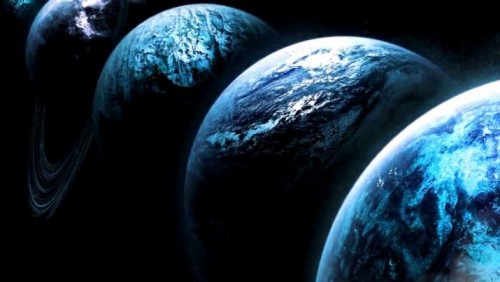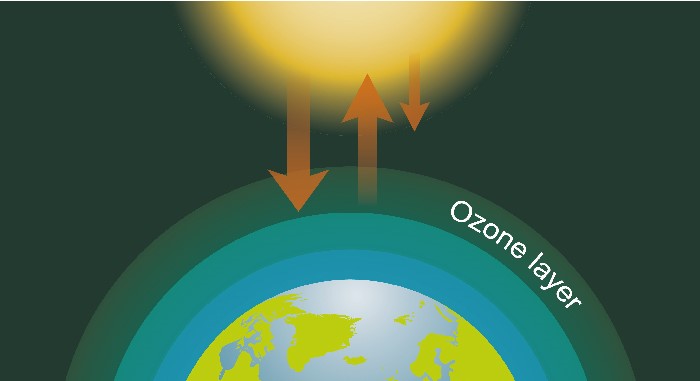Research into planets that form around cooler dwarf stars has brought light some intriguing new discoveries that could help scientists to better understand how planets form and why some are larger than others.
Most notably, this research has uncovered 15 never before observed planets that orbit around red dwarf stars within our galaxy. Most interestingly, the fourth planet in the K2-155 solar system appears to be within the planet's habitable zone, meaning that, depending on its environment and composition, it could potentially be warm enough to sustain life.
According to simulations, it's even possible that the planet, known as K2-155d, might have liquid water on its surface, although the scientists involved in the study are quick to note that this is purely guesswork and that there's no indication yet as to what type of materials this world might be made of.
While the possibility of alien life is always the most exciting piece of news that can come from a study like this, there's plenty more to the research that could change the way we think about planets.
The intriguing thing about studying cooler, smaller stars like red dwarfs is that not much research has been done yet into their planetary systems. Red dwarfs typically have a small number of planets, and these tend to be smaller than those found in orbit around larger stars. The new research, which takes the form of two studies undertaken by the Tokyo Institute of Technology's Department of Earth and Planetary Sciences, may have confirmed speculation about why smaller stars don't produce bigger planets.
It's believed that dwarf stars typically don't have enough gravitational pull to keep planets intact, as photoevaporation causes the atmosphere to disappear from worlds around smaller stars. Planets like Jupiter and Saturn are believed to have grown so large because their atmosphere had room to expand, and as such, it makes sense that a red dwarf might not provide the adequate environment for this process to take place.
Another trend has been noticed as well. It's been observed that, where large planets do form around cool dwarf stars, the stars in question typically have a higher metal count. It's been theorized that planetary formation has to do with the metal content of a star, and this new discovery seems to back this up.
It's hoped that the upcoming Transiting Exoplanet Survey Satellite (TESS) project that will launch next month will be able to give us a better look at some of these distant stars, especially as red dwarfs, with their limited light, can often be harder to observe than other celestial bodies.
By studying these smaller stars and their planets, we may gain insights into planetary formation that might not be obviously apparent in larger star systems. Whoever though that there'd be so much knowledge to gain from watching a red dwarf?
Red dwarf systems, especially coolest red dwarfs, are just beginning to be investigated, so they are very exciting targets for future exoplanet research.





